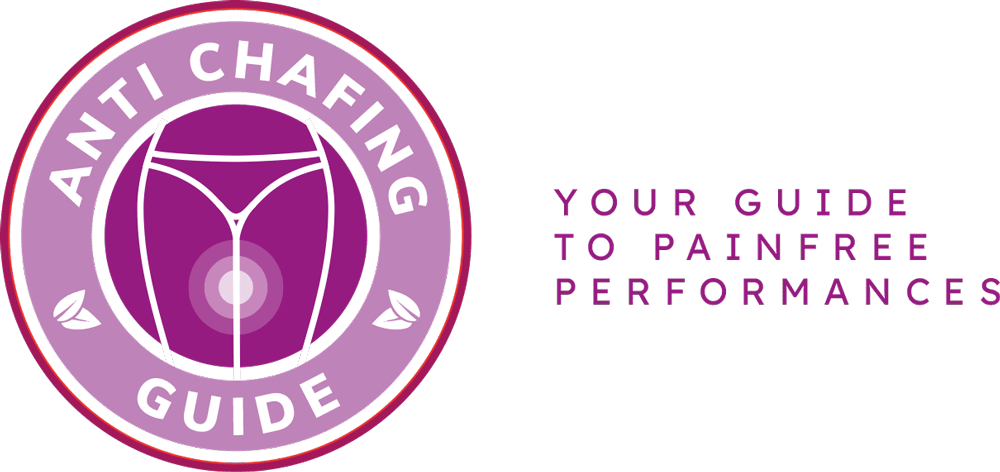Genital chafing can be an uncomfortable and irritating problem that can ruin your day. But fear not! With the expert advice from a dermatologist, you can learn how to prevent and treat genital chafing effectively.
When it comes to preventing genital chafing, there are a few key factors to consider. First and foremost, it’s important to wear breathable and moisture-wicking underwear that allows proper air circulation. Avoid tight-fitting clothes that can cause friction and irritation. Additionally, keeping the genital area clean and dry is crucial in preventing chafing. Regularly washing with a mild, fragrance-free soap and patting dry with a soft towel can help maintain hygiene and reduce the risk of chafing.
If you’re already experiencing genital chafing, don’t panic! There are several treatment options available to alleviate discomfort and promote healing. Applying a soothing and protective ointment or cream can help soothe the irritated skin and create a barrier against further friction. It’s also important to avoid further irritation by refraining from scratching or rubbing the affected area.
Remember, prevention is key when it comes to genital chafing. By following these expert tips and taking proper care of your genital area, you can say goodbye to chafing and enjoy a more comfortable day!
Causes of Genital Chafing
Genital chafing can be a real nuisance, causing discomfort and irritation that can ruin your day. Understanding the common causes of genital chafing is crucial in order to prevent it and ensure a more comfortable experience. Let’s take a closer look at the factors that contribute to this issue and discover effective ways to avoid them.
One of the leading causes of genital chafing is friction. When the skin in the genital area rubs against clothing or other surfaces, it can lead to irritation and chafing. This is especially common in individuals who engage in activities that involve repetitive movements, such as running or cycling. To minimize friction, it is important to wear clothing made from breathable and moisture-wicking materials, such as cotton or synthetic blends.
Another factor that can contribute to genital chafing is excessive moisture. Sweat and moisture in the genital area can create a breeding ground for bacteria and fungi, leading to skin irritation. To avoid this, it is important to keep the genital area clean and dry. Using talcum powder or anti-chafing creams can also help reduce friction and moisture, providing relief from chafing.
Additionally, tight clothing and underwear can exacerbate genital chafing. Opting for loose-fitting and breathable clothing can help minimize friction and allow for better air circulation, reducing the risk of chafing. It is also important to choose underwear made from soft and non-irritating fabrics, such as cotton.
By being mindful of these common causes of genital chafing and taking preventive measures, you can enjoy a more comfortable and irritation-free day. Remember to prioritize comfort, choose the right clothing materials, and maintain good hygiene practices to keep genital chafing at bay.
Treatment Options for Genital Chafing
Treatment options for genital chafing are plentiful, providing relief and promoting healing for those experiencing discomfort. Dermatologists recommend a range of remedies to address this issue effectively. Here are some of the most commonly recommended solutions:
- Topical creams and ointments: Applying medicated creams or ointments can help soothe irritated skin and reduce inflammation. Look for products containing ingredients like zinc oxide or hydrocortisone.
- Moisturizers: Keeping the affected area moisturized is essential for preventing further chafing and promoting healing. Choose fragrance-free, hypoallergenic moisturizers to avoid potential irritation.
- Avoiding irritants: Identifying and avoiding potential irritants can significantly alleviate discomfort. This may include certain fabrics, soaps, or laundry detergents that can exacerbate chafing.
- Proper hygiene: Maintaining good hygiene is crucial for preventing and treating genital chafing. Clean the area gently with mild, unscented soap and warm water, patting dry instead of rubbing.
It’s important to consult with a dermatologist to determine the best treatment option for your specific case of genital chafing. They can provide personalized recommendations based on the severity and underlying causes of the chafing. Remember, early intervention and proper care can help you regain comfort and prevent further complications.
Frequently Asked Questions
- What is genital chafing?
Genital chafing refers to the irritation and discomfort experienced in the genital area due to friction and rubbing against clothing or skin. It can cause redness, soreness, and even painful blisters.
- What are the common causes of genital chafing?
There are several factors that contribute to genital chafing, including excessive moisture, tight clothing, prolonged physical activity, and certain fabrics that do not allow proper air circulation. Additionally, inadequate lubrication during sexual activity can also lead to chafing.
- How can I prevent genital chafing?
To prevent genital chafing, it is important to wear loose-fitting and breathable clothing, especially in the genital area. Using lubrication during sexual activity can also help reduce friction. Keeping the area clean and dry, using talcum powder or anti-chafing products, and avoiding prolonged exposure to moisture can further prevent chafing.
- What are the treatment options for genital chafing?
If you develop genital chafing, there are several treatment options available. Applying a soothing ointment or cream can help relieve discomfort and promote healing. It is also important to keep the affected area clean and dry. In severe cases, a dermatologist may prescribe medication or recommend specific treatment methods.
- When should I seek medical attention for genital chafing?
If the symptoms of genital chafing persist or worsen despite home remedies, it is advisable to consult a dermatologist. Additionally, if you notice signs of infection such as increased pain, swelling, or discharge, seeking medical attention is essential.


Keith is originally from Truckton, Colorado. The 54-year-old cared for his overweight wife for many years. Keitch is also a freelance editor at antichafing.net and supports the team as a competent advisor. In his spare time Keith enjoys reading books, visiting his homeland and is a passionate product tester for well-known manufacturers.

